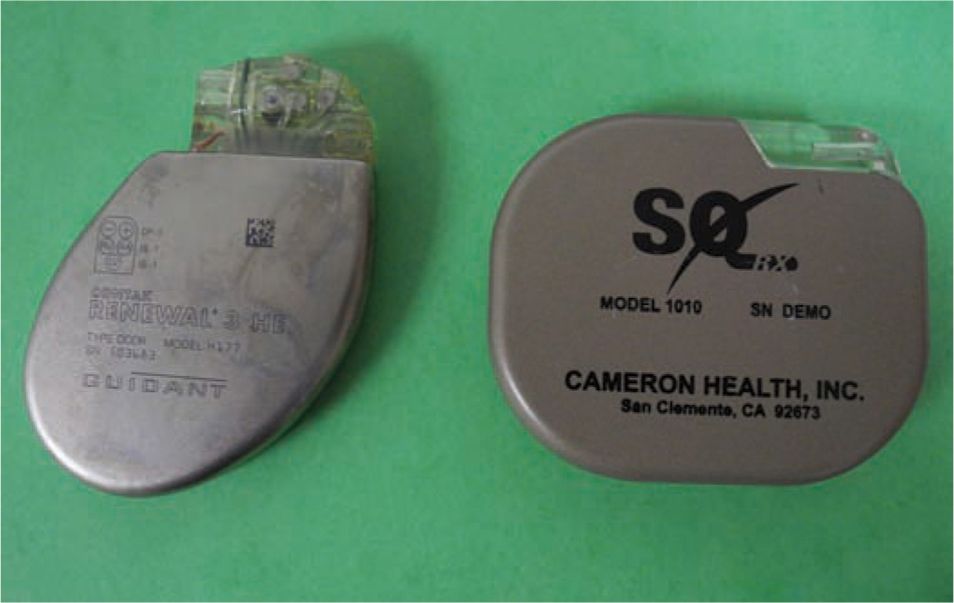FIGURE 71-1 Posteroanterior (PA) chest X-ray demonstrating the left lateral position of the pulse generator as well as the parasternal lead location.
The S-ICD provides the following features:2
• The optimal sensing vector is automatically selected by the device and applies three algorithms to prevent double counting and T-wave oversensing.
• One- or two-zone configurations are available for arrhythmia detection with a minimal rate of 170 bpm. Typically, a 2-zone configuration is programmed, and in a young patient with HCM, the l conditional zone, which utilizes discrimination criteria, would typically be programmed about 200 bpm with the shock zone (ie, no discrimination algorithm active) at about 230 bpm. The number of intervals to detect an episode is nonprogrammable, and the algorithm is designed as a rhythm rather than beat detector, which tends to prolong detection.
• Arrhythmia discrimination analysis is performed either to deliver therapy appropriately for lethal ventricular arrhythmias or withhold therapy for supraventricular arrhythmias, myopotentials, or noise.
• The S-ICD has excellent arrhythmia detection and discrimination when compared to transvenous systems using either single- or dual-lead devices.3
• Defibrillation is performed with 80 J shocks. If initially unsuccessful, the S-ICD automatically reverses shock polarity. Due to the higher energy requirement for subcutaneous defibrillation, the current generation pulse generator is larger at 69.9 cc compared to transvenous pulse generators which are typically 40% to 50% smaller (Figure 71-2). Though larger, the laterally placed pulse generator is well tolerated and has been successfully implanted without regard to body habitus.
FIGURE 71-2 The S-ICD pulse generator (right) is larger than a typical transvenous pulse generator (left).
• Up to 30 seconds of transcutaneous pacing is available for postshock bradycardia.
• In addition to an established safety profile, the S-ICD has been demonstrated to identify and terminate invoked as well as spontaneous ventricular arrhythmias effectively.4
PATIENT SELECTION5
Good Candidates
• Young patients at risk for SCD may be particularly well suited for an S-ICD given the likely need for multiple pulse generator replacements and concerns regarding lead durability. This device is ideal for patients with channelopathies such as long QT syndrome and Brugada syndrome.
• Patients with congenital heart disease (CHD) may have anatomy that limits transvenous lead placement. The S-ICD can be placed without being limited by such anatomy.
Stay updated, free articles. Join our Telegram channel

Full access? Get Clinical Tree



